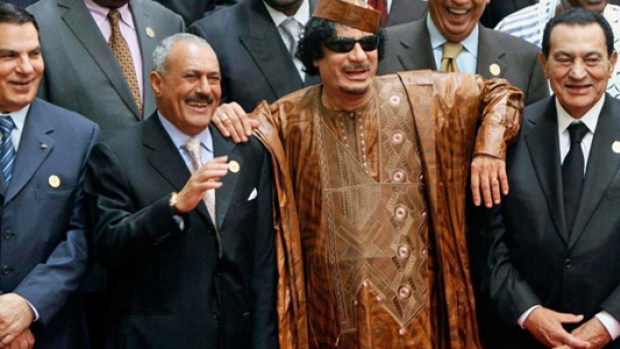

Abstract
This paper develops the idea that state failure triggered the upheaval known as the Arab Spring. The increasing number of Arab states on the brink of collapse and the rising phenomenon of fragmented central state authority invite to revisit – and relaunch – the ‘Arab state debate’. To this end the author analyses Arab state structures to better understand their intrinsic characteristics, the dominant type of state-society relationships, and the potential of the Arab state system for reform. Authoritarian regimes thrive on patrimonial power structures, criminalising instead of modernising states in the worst case. Widely used informal strategies, such as co-optation, additionally hollow out formal state structures and undermine their legitimacy. These marginal states are ripe for contestation and risk tipping from failure into collapse.


